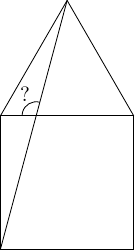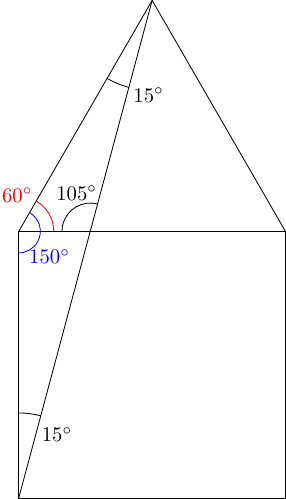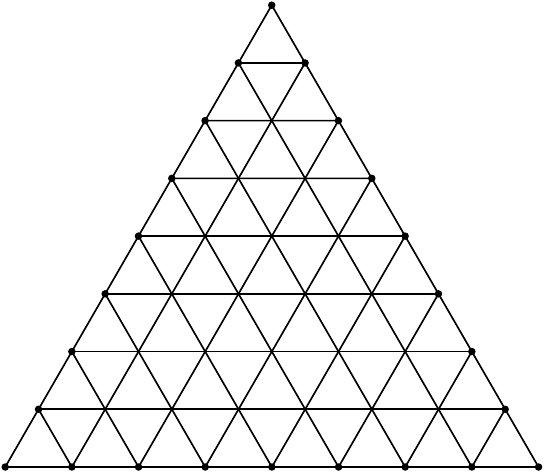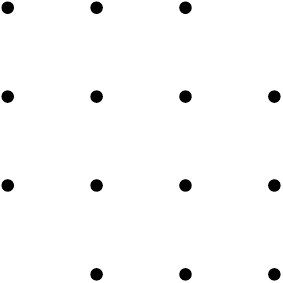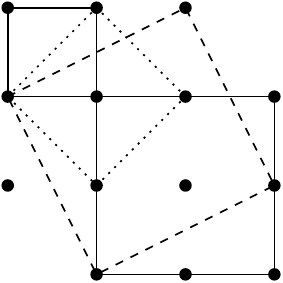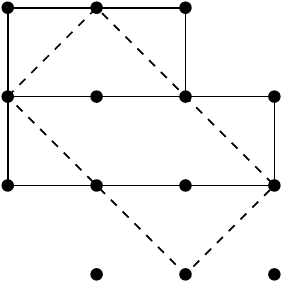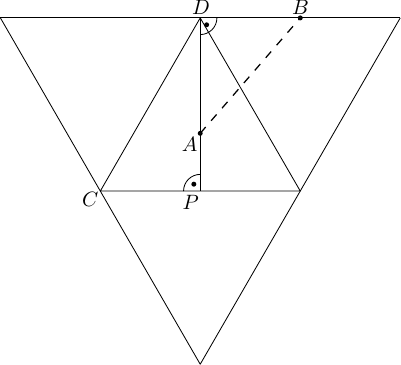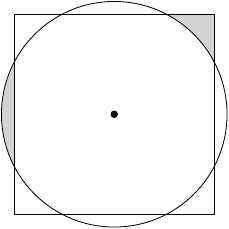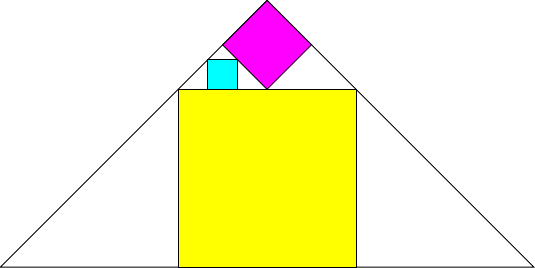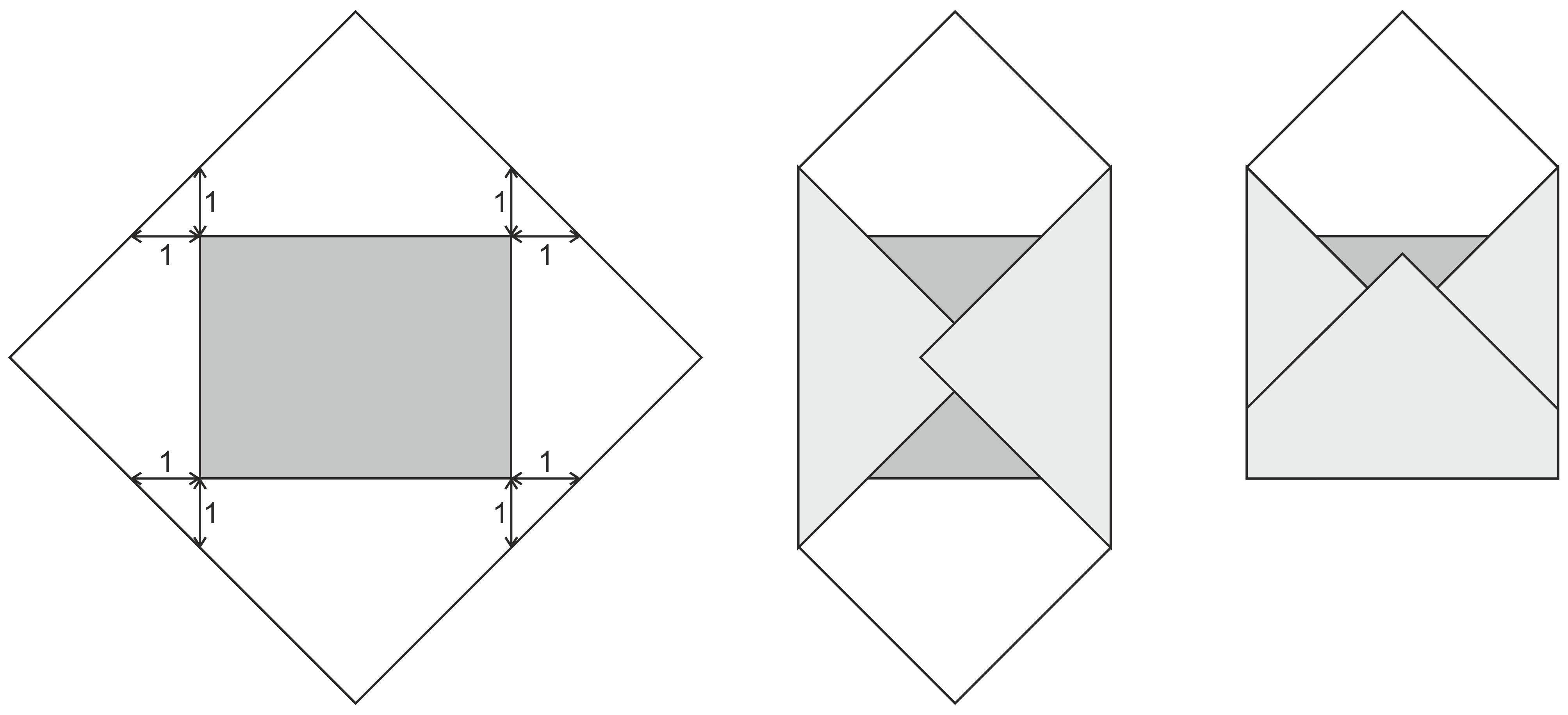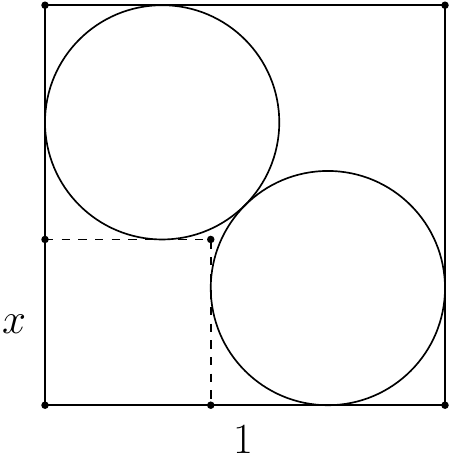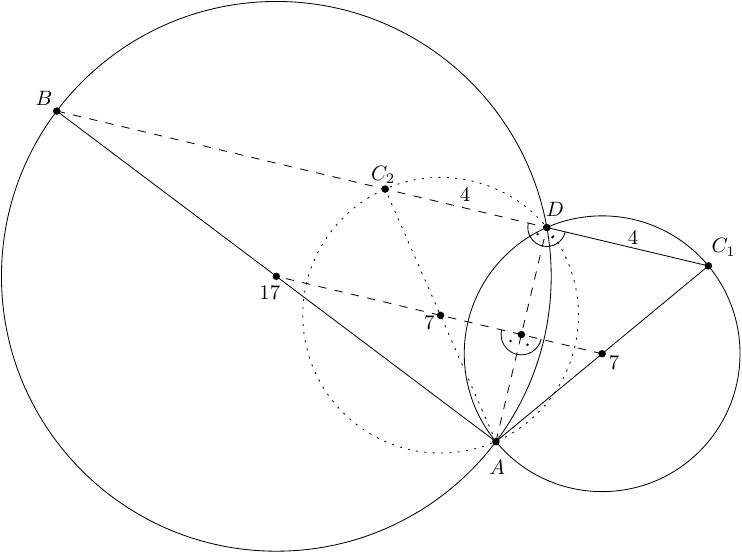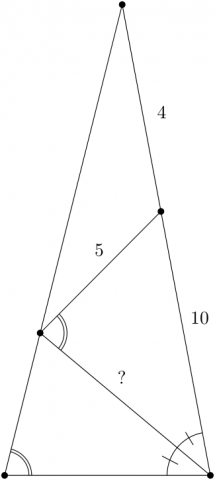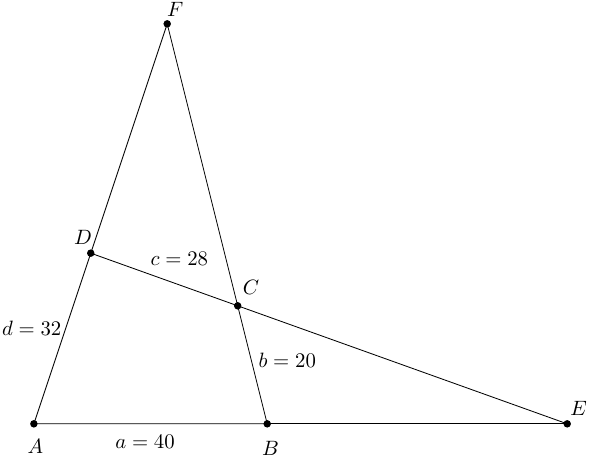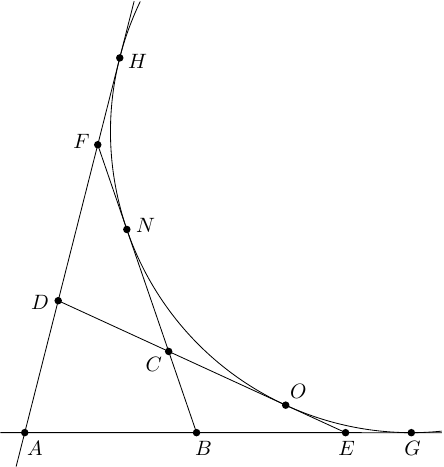A runner is training on a track shaped as the perimeter of a regular -gon. His training plan is as follows: first, he runs from the initial vertex to the clockwise-adjacent one and has a short break there. He continues in this manner until he has a break at the initial vertex. Then he starts again, this time having a break after passing every other edge and again continues until a break at the initial vertex where he further increases the length of one sprint by one, etc. How many times will the runner rest before completing a whole loop without a break around the -gon? There is no break at the beginning nor after this last run.Solution
Answer:
Let us observe that the runner does exactly steps (runs) of size edges where stands for the greatest common divisor of positive integers , . For all possible numbers (divisors of ) we list the possible values of :
- for ,
- for ,
- for ,
- for ,
- for ,
- for ,
- for ,
- for .
The total number of steps can now be obtained by summing the products of and the size of the set on the respective row above. We obtain . It means that the runner rested times.
